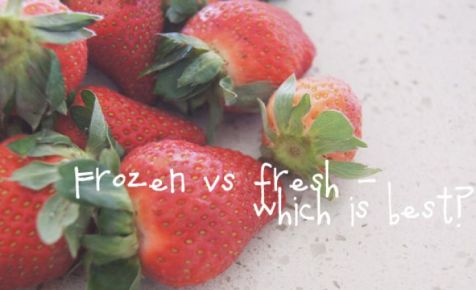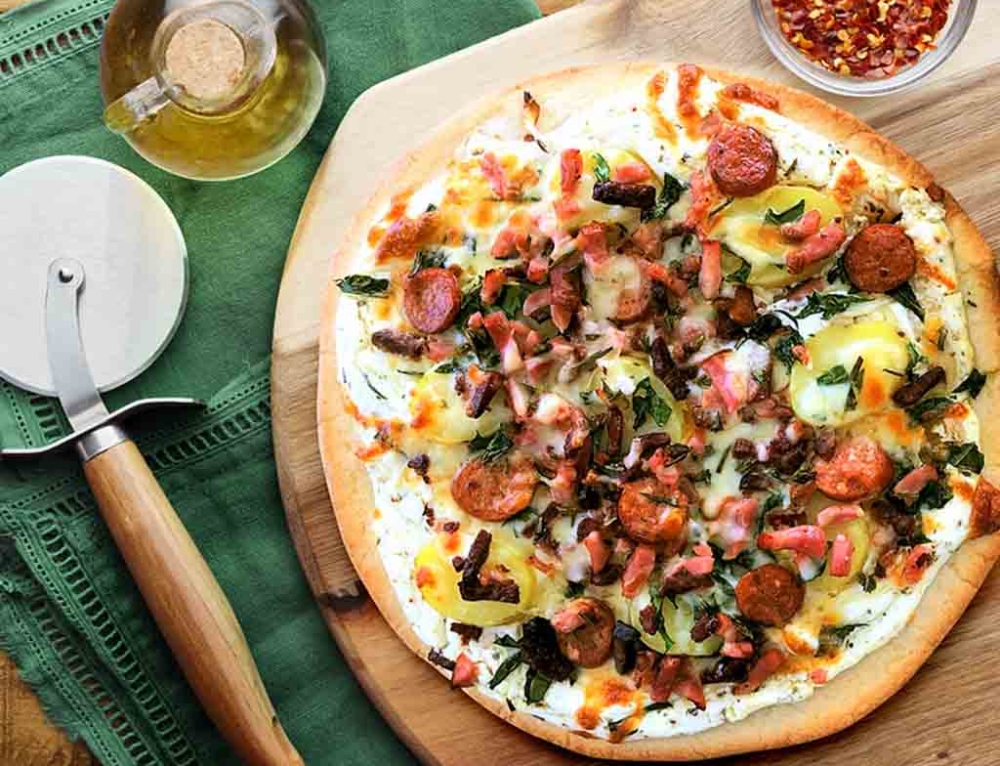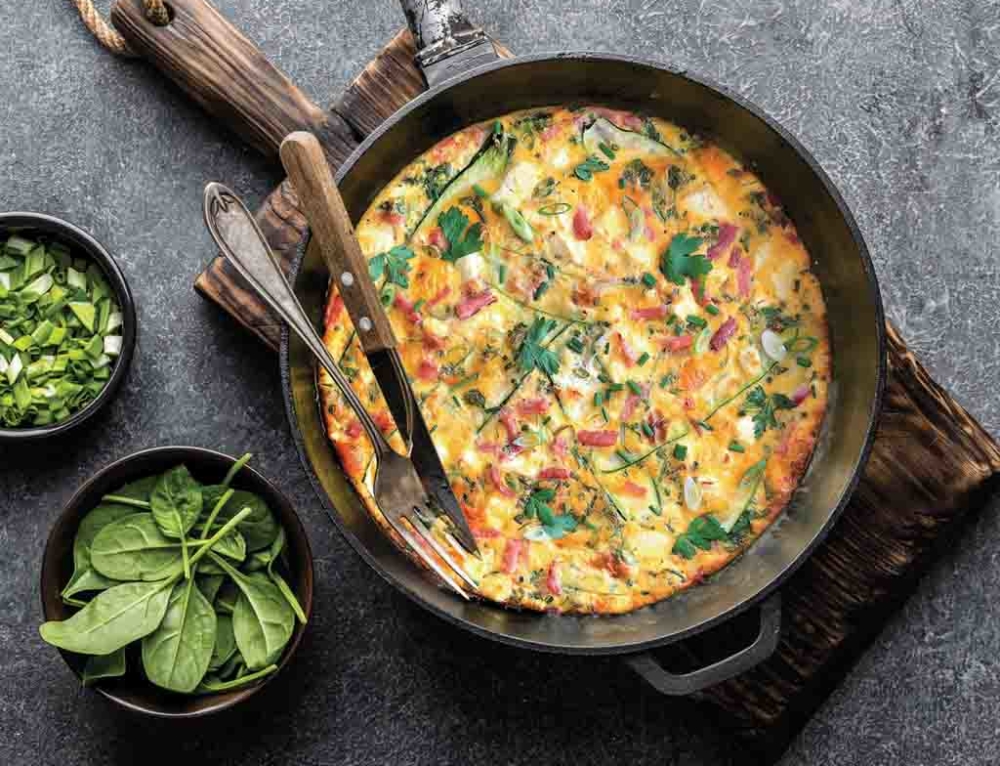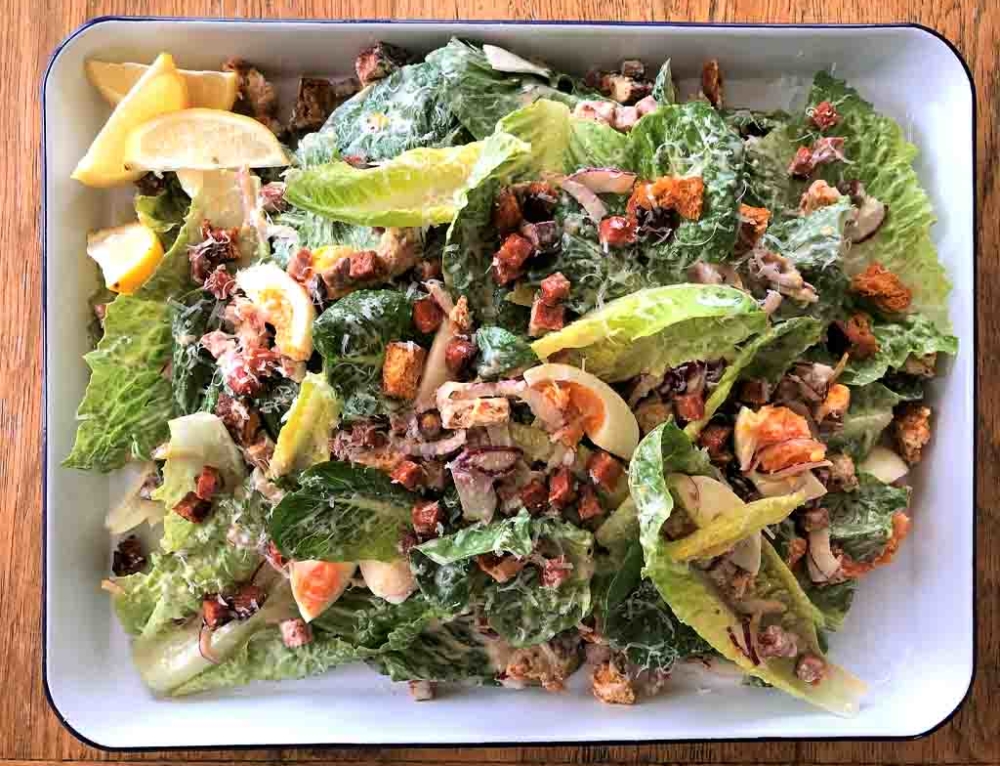Just take a close look at your frozen food aisle next time and be amazed by the sheer numbers of options that are now available to us. Stir-fries, prepped potatoes, frozen berries are all there to make our lives easier but where do they stand when it comes to nutrition?
Without a doubt, in a perfect world we would all harvest our own fresh vegetables in our backyards. But for most, this is not the case. Local farmer markets seem to be springing up everywhere as people are starting to demand fresher produce, rather than buy the equivalent from a supermarket that may have taken several days to get from the farm.
The freshness of a berry or tomato isn’t measured from the date it is placed out on display. It starts right back at the harvesting stage. Once fresh produce has been picked, it begins to release heat and water which relates to its nutritional quality.
“For example, if you keep spinach at room temperature (20°C) for two days it loses half of its vitamin C,” explains Tara Diversi, a lecturer in the Human Nutrition Unit of the University of Sydney.
On the flip side, nutrients in produce that are snap-frozen are sealed into the vegetable making them a fantastic option.
“Vegetables are usually snap-frozen very soon after they are picked. Special machinery is used to get the produce to -18°C in minutes, says Diversi. The nutrients are ‘frozen in’ during this process, meaning you can quite easily have more vitamins in a frozen vegetable than in its ‘fresh’ counterpart.”
But Tara also points out that it’s more the way you cook your veggies that outweighs the fresh or frozen argument. Steaming or microwaving vegetables for short periods is far better than boiling, as the water leaches vitamins from the source. Thawing vegetables before cooking can also speed up vitamin C losses in bright green veggies.
Be wary with canned vegetables though and learn to read food labels so you’re not tucking into something that is full of added salt (look at ingredients and nutritional panel). Watch for added sauces in frozen vegetables which can add salt and fat to an otherwise healthy dish.
Personally, I like to buy a bit of both in my weekly shop, fresh and frozen. Using the fresh first and relying on the frozen as the week goes on.
Eating fibre is a great way to increase intake to our children’s diets, and this usually doesn’t deteriorate like vitamins and minerals.
“If it’s a choice of eating old vegetables or no veggies at all, old veggies are fine.” concluded Diversi.







Leave A Comment
You must be logged in to post a comment.